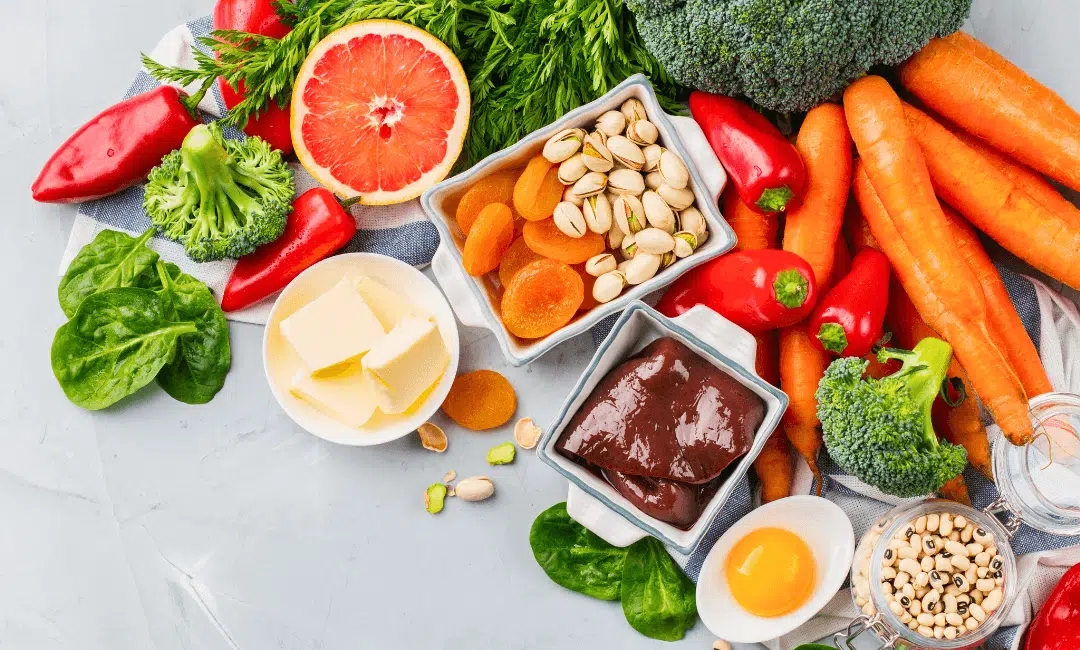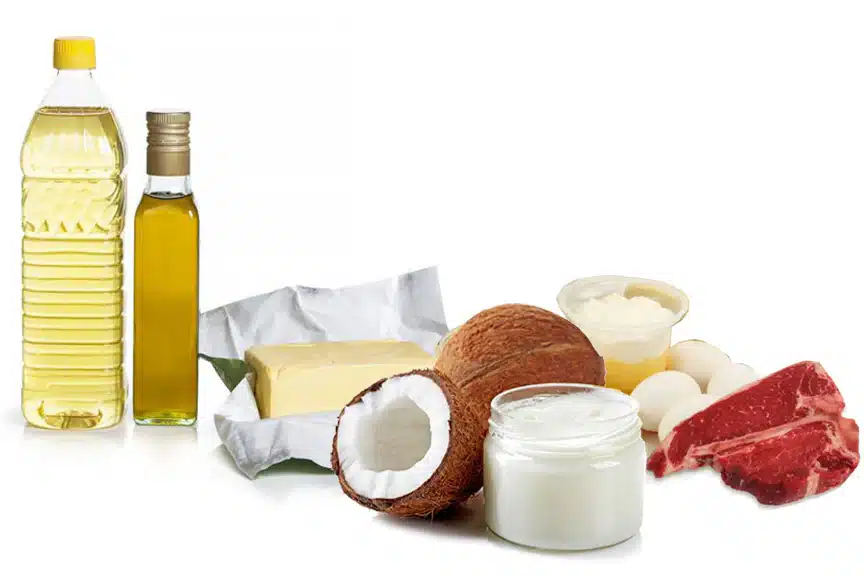In recent years, the world of fermented foods has gained immense popularity, and for good reason. These ancient preservation techniques not only extend the shelf life of foods but also enhance their flavors and nutritional value. As more people embrace a holistic approach to health and wellness, the allure of creating fermented delicacies at home has become increasingly appealing.
Whether you’re a seasoned foodie or a curious beginner, the art of DIY fermentation offers a unique opportunity to connect with your culinary roots and explore a world of tantalizing flavors. From the tangy crunch of sauerkraut to the effervescent fizz of kombucha, the possibilities are endless, and the rewards are truly satisfying.
Over the next 2 articles, we’ll delve into the fascinating realm of DIY fermented foods, unveiling the secrets behind the best recipes and techniques. This first article will focus on the basics of DIY fermented foods and the next one will focus on some recipes. Get ready to embark on a flavorful journey that will tantalize your taste buds and nourish your body and soul.
Why should you make your own fermented foods?
There are numerous compelling reasons to embrace the art of DIY fermentation. Firstly, it allows you to take control of the ingredients and ensure that your fermented foods are free from preservatives, artificial additives, and excessive amounts of salt or sugar. By crafting these delicacies at home, you can tailor the flavors to your personal preferences and dietary needs.
Furthermore, the process of fermentation itself is deeply satisfying and empowering. There’s an undeniable sense of accomplishment that comes from witnessing the transformation of simple ingredients into complex, flavor-packed creations through the magic of beneficial bacteria and yeasts.
Beyond the culinary delights, DIY fermented foods offer a wealth of health benefits. These probiotic-rich foods support a healthy gut microbiome, which plays a crucial role in overall well-being, from digestive health to immune function and even mental clarity.
The health benefits of DIY fermented foods
Fermented foods are often hailed as superfoods, and for good reason. They are rich in probiotics, which are beneficial bacteria that support a healthy gut microbiome. A well-balanced gut microbiome is essential for various aspects of our health, including:
- Digestive Health: Probiotics aid digestion by breaking down food more efficiently and promoting regular bowel movements.
- Immune Function: A healthy gut microbiome plays a crucial role in regulating the immune system, helping to fight off infections and reduce inflammation.
- Mental Well-being: Recent research has uncovered a strong connection between gut health and mental health, with probiotics potentially alleviating symptoms of anxiety and depression.
- Nutrient Absorption: Fermented foods can enhance the bioavailability of certain nutrients, making it easier for our bodies to absorb and utilize them.
In addition to their probiotic content, many fermented foods are rich in vitamins, minerals, and antioxidants, further contributing to their overall nutritional value.
Common types of DIY fermented foods – kimchi, sauerkraut, yogurt, and kombucha
The world of DIY fermented foods is vast and diverse, offering a plethora of options to suit every palate. Here are some of the most popular and beloved fermented delicacies:
-
Kimchi
- Originating from Korea, kimchi is a spicy, tangy, and deeply flavorful fermented cabbage dish. It’s a staple in Korean cuisine and has gained global recognition for its bold flavors and numerous health benefits. Kimchi is typically made by fermenting napa cabbage, radish, and a variety of spices, such as gochugaru (Korean chili powder), garlic, ginger, and fish sauce.
-
Sauerkraut
- Sauerkraut is a German fermented cabbage dish that has become a beloved condiment and side dish worldwide. It’s made by fermenting finely shredded green or white cabbage with salt, creating a tangy, crunchy, and incredibly flavorful result. Sauerkraut is a rich source of probiotics and vitamins, particularly vitamin C.
-
Yogurt
- While store-bought yogurt can be a convenient option, nothing compares to the rich, creamy texture and tangy flavor of homemade yogurt. By fermenting milk with live cultures, you can create a probiotic-rich treat that’s customizable to your taste preferences. From Greek-style to fruit-infused varieties, the possibilities are endless.
-
Kombucha
- Kombucha is a fermented tea beverage that has taken the world by storm. This fizzy, slightly sweet, and tangy drink is made by fermenting sweetened tea with a symbiotic culture of bacteria and yeast, known as a SCOBY (Symbiotic Culture of Bacteria and Yeast). This can be bought from local or online retailers or made at home using raw, unflavored kombucha and sweetened green or black tea [see additional resources below]. Kombucha is celebrated for its potential health benefits, including improved digestion, boosted immunity, and increased energy levels.
Resources for learning more about DIY fermented foods
If you’re eager to deepen your knowledge and skills in the realm of DIY fermentation, there are numerous resources available to guide you on your journey:
-
Books
- “The Art of Fermentation” by Sandor Ellix Katz
- “The Nourished Kitchen” by Jennifer McGruther
- “Fermented Vegetables” by Christopher and Kirsten Shockey
-
Online Communities and Forums
- Reddit’s r/Fermentation and various Facebook groups dedicated to fermented foods are excellent platforms for connecting with like-minded enthusiasts, sharing tips, and seeking advice.
-
Workshops and Classes
- Many local community centers, culinary schools, or health food stores offer hands-on workshops and classes focused on DIY fermentation. These interactive sessions provide valuable opportunities to learn from experienced instructors and practice your skills in a supportive environment.
-
YouTube Channels and Podcasts
- Visual learners can benefit from the wealth of instructional videos and tutorials available on YouTube channels like “Fermenters Kitchen” and “Fermentation Revolution.” Podcasts such as “Fermentation Revival” and “Fermentation for Foodies” offer engaging discussions and interviews with fermentation experts.
By exploring these resources, you’ll not only expand your knowledge but also gain access to a vibrant community of fermentation enthusiasts who are passionate about sharing their expertise and celebrating the art of DIY fermented foods.
Final Thoughts
As we conclude our journey through the captivating world of DIY fermented foods, it’s evident that this ancient practice holds immense value in our modern lives. Beyond the tantalizing flavors and textures that fermented foods offer, the process itself is deeply rewarding and empowering.
By embracing the art of DIY fermentation, you’re not only nourishing your body with probiotic-rich superfoods but also fostering a deeper connection with your culinary roots. Each batch you create is a testament to your patience, creativity, and commitment to a healthier, more sustainable way of living.
So, whether you’re a seasoned fermentation enthusiast or a curious newcomer, I encourage you to dive into the world of DIY fermented foods with an open mind and a willing palate. Experiment with different recipes, embrace the unpredictability of the fermentation process, and revel in the sense of accomplishment that comes with crafting your own delicious and nutritious creations.
Start your DIY fermentation journey today by exploring the wealth of resources available and immersing yourself in the vibrant community of like-minded enthusiasts. Remember, every batch is a chance to learn, grow, and savor the unique flavors and health benefits that only fermented foods can offer.
Additional Resources
https://ancientnutrition.com/blogs/all/how-to-make-fermented-foods








